With an SSL certificate, the communication between your website and the visitor will be secure, and it will improve your site’s ranking in search engines. In this guide, we will show you how to choose the right SSL certificate and how to install it.
What type of certificate should I choose?
If it is a personal website, we recommend Let’s Encrypt which is free in all packages with us. If it is a company website, e-shop, or a page with registration (for example registration via a form), we recommend a Standard SSL certificate. It is installed automatically by us. For several subdomains, we recommend a Wildcard certificate.
Install an SSL certificate
- Sign in to The control panel »
- Click on the desired domain under Services.
- Then click Create/Add new certificate.
You can either choose a free certificate from Let’s Encrypt or install a certificate issued by another provider. If you have an SSL certificate issued by another company or another certification authority, you must install it manually in our Control Panel as follows.
Install an external SSL certificate
Insert the contents of the files as described in the boxes. These are .key and .crt files If the issuer provides you with a certificate chain (also called an intermediate certificate or package), enter its contents in the third field. The certificate works without an intermediate certificate, but some (especially mobile) browsers only recognize a limited list of issuers and may not recognize your certificate as trusted without an intermediate certificate.

Also, select the address for which you want to use SSL. The last step is to complete the certificate installation by clicking Generate Certificate. The certificate will be active within 15 minutes.
Activate an SSL certificate
In order for your website to be able to use an SSL certificate after installation, it is necessary to access the website via the HTTPS protocol. You can redirect the site to HTTPS in different ways:
Using a .htaccess file
You need to create a .htaccess file in the FTP space – instructions on how to create and configure this type of file, along with other information, can be found in a separate article. The code to be added looks like this:
RewriteEngine on
RewriteCond %{HTTP:X-Forwarded-Proto} !=https
RewriteRule ^.*$ https://%{SERVER_NAME}%{REQUEST_URI} [L,R]Using an addon in the CMS tool
If you use a content management system (CMS) such as WordPress, Joomla, or Prestashop, you need to change the redirection to HTTPS directly in the system settings. Alternatively, you can enable SSL by installing an extension.
WordPress
There are several ways to redirect the site to the HTTPS protocol. We strongly recommend that you edit the .htaccess file, but you can install and enable extensions such as Really Simple SSL.
Prestashop
If you have HTTPS active, you can enable SSL in the PrestaShop administration – “Configuration – Main”. You see the text to enable SSL. Klicka på Aktivera SSL > Ja och aktivera även SSL för alla webbplatser.
Joomla
If you use Joomla, you can redirect your website with a module. Alternatively, you can add the following line to the configuration.php file:
var $live_site = 'https://www.dindoman.se';Install a certificate from another company
f you order an SSL certificate from us, the installation is performed automatically by us. But if you have an SSL certificate issued by another company or certifier, you will need the following certificate source files:
Private key
This is your private key used to encrypt the content. You can get it when it is generated along with the .csr file, which may sometimes be required when requesting an SSL certificate. The second possibility is that it is generated and provided to you as a .key file along with the certificate and chain information. Keep your private key safe.
Certificate
It contains information about you, your domain, your company, and the public key for decrypting messages that are encrypted with your private key. You will receive the certificate from your certification authority or its reseller, usually in the form of a .crt file. If the issuer does not prefer the standardized PEM format, you can also obtain the certificate in a .p7b, .der,… file. You must convert them to .crt for use on our servers.
Certificate chain
Each browser has stored data that calls root authorities. However, you can also buy a certificate from the so-called sub-authority that is unknown to the browser at first glance. Then it is necessary to indicate the path from your authority to its root authority together with the certificate. This information is called a chain and will be provided to you by your SSL publisher.
